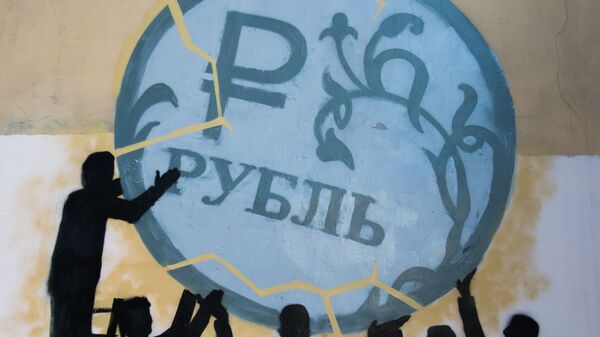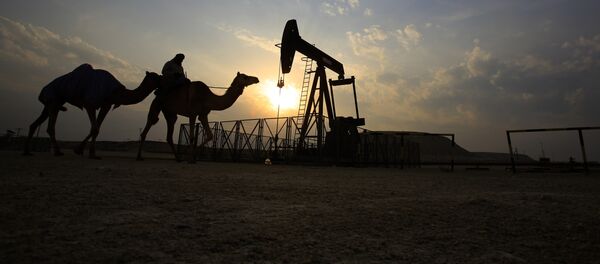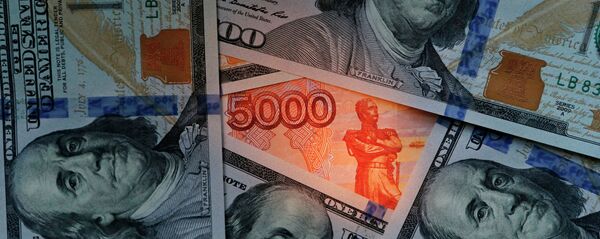At the same time, on Monday the euro dropped to 69.99/1 ruble, a record low since July 2016.
This increase was driven by growing oil prices. The Brent benchmark crude recently traded over $50.50 a barrel. Last week, oil topped $50 a barrel, after on Wednesday OPEC announced a preliminary deal on freezing production. The members of the cartel agreed on a daily production cut of 700,000 barrels. The deal will be officially presented in at a meeting in November.
The next day the deal was announced and markets responded to the news with mistrust. In fact, even if an agreement is officially signed in November, there will be no guarantees that the new quotas will be observed. As a result, oil prices dropped back below $50 a barrel.
"It seems that markets belatedly became confident that the OPEC deal will become real," Olga Lapshina from Nordea Bank told the Russian online newspaper Vzglyad.
Forex Club analyst Valery Polkhovskiy believes that a production decrease of 700,000 barrels will allow for rebalancing supply and demand in early-2017.
"OPEC might be able to end the crude market glut by the end of 2016. As a result, prices will be between $50-60 a barrel. Shale oil companies in the United States cannot increase production until oil reaches $50-60. According to estimates, in 2017 global demand for crude will increase by 1.2-1.5 million barrels a day. If the number of US rigs in operation grows by less than 50 a week we can’t say that American shale companies are intensely increasing output," Polkhovsky told Vzglyad.
The Forex Club analyst suggested that crude prices will be stable above $50 a barrel.
"However, the market is not optimistic enough to drive the price over $55 a barrel. Short-term contracts are likely to be traded between $50-60. In 2017, if the OPEC deal is implemented, the price could reach $60 a barrel," he said.
"The oil outlook remains a key uncertainty for the ruble, but we believe sharp drawdowns are unlikely," JPMorgan Chase analysts said in a note quoted by Bloomberg.
The ruble exchange rate will depend on whether oil will be able to continue the upward trend and hold at $50 a barrel or higher.
"If this happens the ruble will continue to grow. But approaching to 60/$1 may be unstable for the market, taking into account the fact that the Russian budget is balanced on a weaker ruble. Now, the outlook is that the ruble will hover between $62.5-64/$1 dollar," Denis Davydov, a research analyst at Nordea Bank, told Vzglyad.





